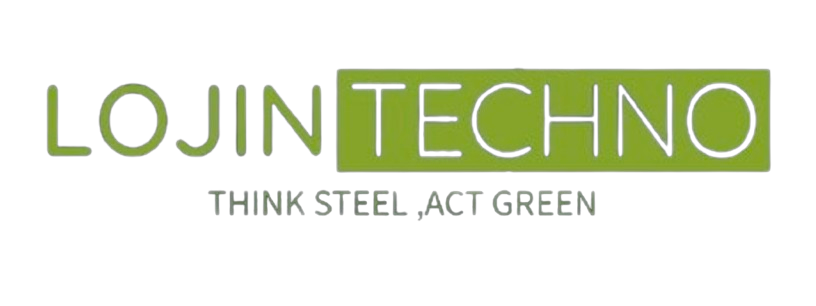Integrating solar energy into the operations of Electric Arc Furnaces (EAFs) and Induction Melting Furnaces (IMFs) in the steel industry can contribute to sustainability and reduce the carbon footprint. Here’s how solar energy can be applied to these furnaces:
Solar Energy for Electric Arc Furnaces (EAFs):
- Electricity Supply:
- Solar photovoltaic (PV) systems can be installed on the premises of steel plants to generate electricity. This renewable energy source can be used to power EAFs, reducing dependence on the grid and lowering greenhouse gas emissions associated with electricity consumption.
- Energy Storage:
- Combining solar PV with energy storage solutions, such as batteries, allows steel plants to store excess solar energy generated during sunny periods. This stored energy can be used when sunlight is limited or during periods of high electricity demand.
- Hybrid Systems:
- Hybrid systems that integrate solar power with other renewable sources or conventional power can provide a continuous and reliable energy supply for EAFs, ensuring stable operations.
- Off-Grid Solutions:
- In certain settings, it may be feasible to implement off-grid solar solutions for EAFs, providing a self-sustaining power source for steel production.
Solar Energy for Induction Melting Furnaces (IMFs):
- On-Site Solar Power:
- Installing solar PV systems on-site can generate electricity for IMFs, contributing to a cleaner and more sustainable energy source.
- Supplementing Power Needs:
- Solar energy can supplement the power requirements of IMFs, especially during daylight hours. This can help reduce overall electricity costs and environmental impact.
- Energy Efficiency:
- IMFs are known for their efficiency in rapidly reaching high temperatures. Supplementing their power needs with solar energy enhances the overall energy efficiency of the melting process.
- Grid Independence:
- Steel plants incorporating solar power with IMFs can become less reliant on the traditional grid, enhancing energy security and potentially reducing operational costs.
General Considerations:
- Feasibility Studies:
- Before implementing solar energy solutions, steel plants should conduct feasibility studies to assess the solar potential, energy demand, and economic viability of the project.
- Technological Integration:
- Integrating solar energy with EAFs and IMFs requires coordination and technological adjustments to ensure a seamless and reliable energy supply.
- Regulatory and Incentive Programs:
- Governments and regulatory bodies may offer incentives or support for the adoption of renewable energy in industries. Steel plants should explore such programs to enhance the economic feasibility of solar integration.
- Environmental Benefits:
- The use of solar energy in steelmaking aligns with sustainability goals, reduces reliance on fossil fuels, and helps mitigate the environmental impact of the industry.
While the application of solar energy to EAFs and IMFs is feasible and aligns with sustainability objectives, the specific implementation details would depend on factors such as geographical location, energy demand, and economic considerations. Advances in solar technology and decreasing costs make solar integration increasingly attractive for various industrial applications, including steel production.

